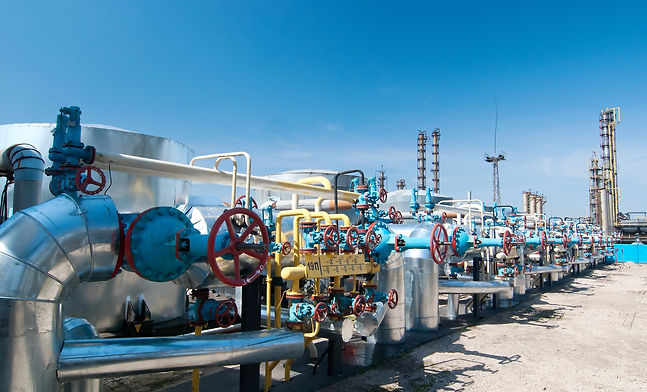
Asset Reliability

The discipline of asset reliability has gained increasing importance and is increasingly recognized among those responsible for maintenance management. The Asset Management approach is consolidating itself as a comprehensive framework, incorporating reliability and maintenance as part of a continuous improvement process focused on maximizing the value, efficiency, and useful life of infrastructure and business assets.
The adoption of international standards such as ISO 55000 has enabled organizations to systematically identify critical factors for efficient asset management, facilitating risk assessment, criticality determination, and the development of mitigation strategies and action plans aligned with business objectives.
With the advent of Industry 4.0, access to massive streams of real-time data at lower costs has transformed traditional strategies, favoring continuous asset health monitoring. This digitalization, coupled with the integration of intelligent diagnostics and structured capture of failure events, provides valuable information to reliability specialists, facilitating data-driven decision-making and the definition of more effective preventive or predictive interventions.
One of the fundamental challenges for reliability departments is maintaining the integrity, accessibility, and quality of the data generated. Reliability information systems (APM, Asset Performance Management) play a key role in this regard, as they allow for the storage, organization, and analysis of information relevant to asset lifecycle management. Unlike traditional maintenance management systems (CMMS/EAM), APMs have evolved to offer advanced analytical capabilities and a comprehensive view, although their widespread adoption is relatively recent.
A prominent solution in this area is SAP Asset Performance Management, whose features enable the digitalization and structured management of reliability strategies, directly linking analysis and continuous improvement processes with maintenance operations managed within the ERP system. This level of integration is essential to maximize value, and our experience recommends giving this aspect special importance when selecting technology platforms to support reliability and asset management.

Why Iquant?
Technological knowledge alone is not enough. This type of application requires a deep understanding of the processes and the objectives for which they will be used. As mentioned, process digitalization aims to provide a flexible, agile, and dynamic environment for analyzing data and signals generated by assets. A reliability-oriented information system is composed of 75% analytical capabilities and functionalities and 25% user experience.
Iquant integrates both approaches through strategic alliances with reliability and maintenance experts, as well as its own certified consultants in these areas. This synergy and knowledge network constitute a unique proposition in Latin America, representing the most important quality for ensuring the success of digitalizing information systems for reliability.
Benefits
Reliability, unlike other business practices, is based on a probabilistic approach. Depending on the industry and type of equipment, tangible benefits can be estimated, measured by indicators such as MTBF, MTTR, Availability, and OEE. With this data, it's possible to conclude that, economically, higher production, lower maintenance costs, and deferred CAPEX over a longer life cycle are achieved.
However, measurement isn't always straightforward. In conditions where reliability is paramount, the benefits often translate into reduced failure probability. In contexts where failures are unacceptable, mitigating the associated risks justifies significant investments, considering that a failure can have critical consequences for the company's continued existence, as seen in the aeronautical industry.
